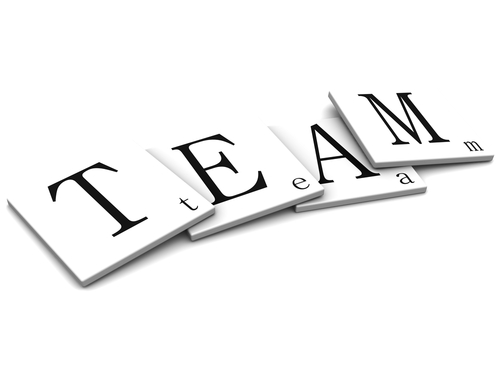 It is amazing how often food recalls happen here in the US. In March 2015 the FDA issued sixteen recalls for everything from mislabeled to contaminated foodstuffs. According to the CDC, food-borne illnesses cause about 300,000 hospitalizations annually and 5,000 deaths.
It is amazing how often food recalls happen here in the US. In March 2015 the FDA issued sixteen recalls for everything from mislabeled to contaminated foodstuffs. According to the CDC, food-borne illnesses cause about 300,000 hospitalizations annually and 5,000 deaths.
It’s not just contaminated food that harms our fellow humans.
Back in 2012, contaminated steroid medicine from a Massachusetts pharmaceutical compounding center caused a massive spinal meningitis outbreak in the US.
That outbreak lead to the deaths of 25, sickened over 300, and exposed as many as 14,000 patients to the disease.
The FDA’s inspections at the pharmacy revealed poor sanitation on sterilization equipment and lab surfaces. Throughout the lab, bacteria and mold contamination was far beyond acceptable standards. It was clear that this outbreak was caused by the company’s own poor standards and practices.
Particularly disturbing was the news that the FDA found no evidence that the company or company staff took any action to resolve these issues.
What kind of culture existed in that pharmacy that would tolerate leaders and team members ignoring unsanitary conditions?
What our citizens need – and deserve – are government agencies, departments, and teams that demonstrate authentic care for the well-being of community members.
How can leaders ensure WOW’ed customers, engaged employees, and on-target results? By creating a culture of problem solvers, not problem spotters.
In your organization today, do leaders and staff pay attention to things that are “not quite right”? Do they notice and ignore, or do they notice and act?
Every organization faces complacency at times. The temptation to find short cuts is strong in an improving economy. Short cuts may improve productivity – but at the cost of quality (and safety, as this example shows).
How can you create a culture where leaders and staff notice problems AND solve them, so product and service quality isn’t compromised? How can you inspire leaders and staff to apply discretionary energy – over and above the minimum required – to ensure quality and safety for customers?
Dr. Tony Simons’ research and resulting book, The Integrity Dividend, provides a proven path to creating a culture of behavioral integrity.
Simons’ research discovered “behavioral integrity” when looking for something entirely pedestrian. The hypothesis they were testing was that “employee commitment drives customer service” in a hotel chain. What they found was immensely more powerful, a concept that proved that employee perceptions of leader behavior significantly impacts the employee’s application of discretionary energy in service to company, team, and customers.
Simply stated, behavioral integrity is leaders keeping their promises (doing what they say they will do) and demonstrating the espoused values of their organization. When employees see their bosses have behavioral integrity, they apply discretionary energy. Customers notice and appreciate that energy, and profits go up.
I firmly believe that the culture in the pharmacy, at the heart of the meningitis outbreak; was driven by leaders who had little behavioral integrity. Otherwise, the sanitation issues would have been handled by caring staff. That’s not what happened – and lives were lost because of that organization’s culture.
What are your thoughts? Join in the conversation about this post/podcast in the comments section below. How well do your team members “show up,” notice, and act on opportunities to do the right thing, to WOW your customers?